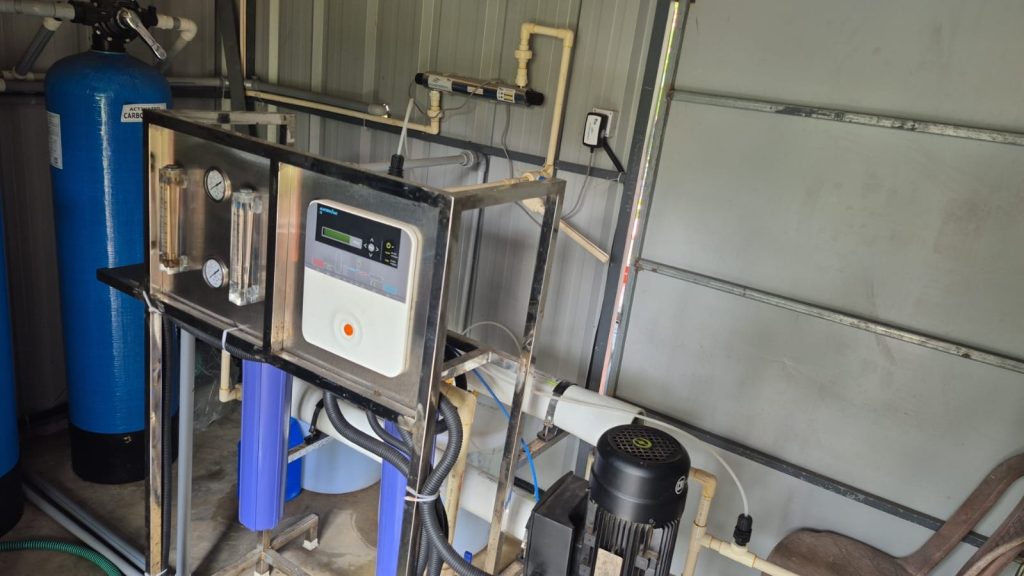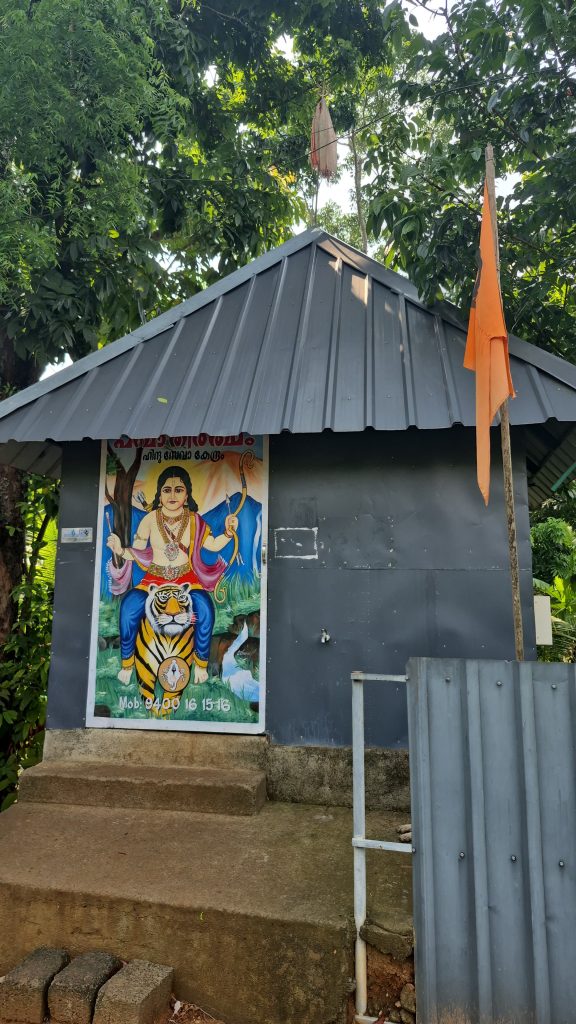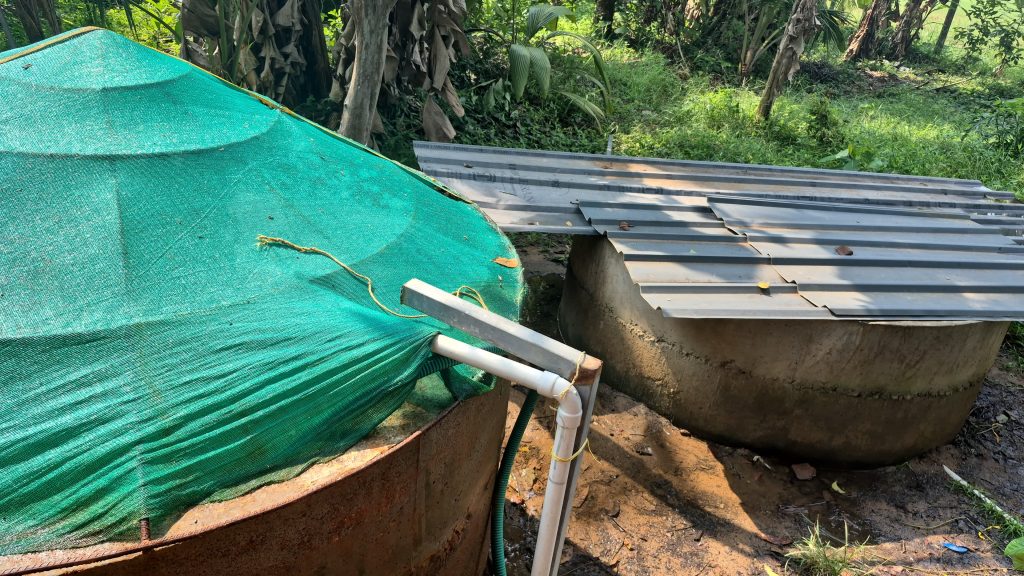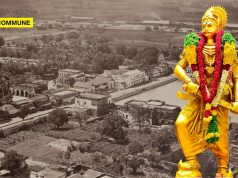
Kuttanad, Kerala’s picturesque backwater region, is facing an invisible killer—cancer. Often called the “rice bowl of Kerala,” this water-logged area has become a hotspot for cancer and kidney diseases, with alarming rates far exceeding state and national averages. The culprit? Severely contaminated water.
For decades, excessive use of chemical fertilizers (15,000 tons/year), pesticides (500 tons/year), and toxic effluents from houseboats have poisoned the Pampa River, Kuttanad’s lifeline. Groundwater tests reveal Total Dissolved Solids (TDS) levels exceeding the safe limits. The result? Families drinking and cooking with water laced with carcinogenic pesticides, leading to cancer clusters, kidney failures, and birth defects.
While wealthier communities and churches installed Reverse Osmosis (RO) plants years ago, impoverished Hindu (mainly SC) families—mostly daily wage laborers—had no choice but to consume the toxic water. Many were forced to convert just to access clean water from church-run facilities.
The Scale of the Crisis
- A 2009-2010 survey in Kainakary panchayat found that 27% of deaths (91 out of 334) were due to cancer, far exceeding state averages.
- Medical reports from Alappuzha Medical College in 2009 confirmed rising cancer cases, particularly breast, intestinal, and urinary bladder cancers.
- Government-supplied water was also found contaminated containing iron, lead and ammonia as well, leaving impoverished Hindu families—who couldn’t afford commercial RO water—with no safe alternatives.
Hindu Seva Kendram Steps In
Seeing this humanitarian crisis, Hindu Seva Kendram (HSK), a grassroots organization, took action. After initial research, the solution recommended by scientists was to install free, high-capacity RO plants in every affected village. Speaking to The Commune, Sreeraj, State Organising Secretary of Hindu Seva Kendram and a key volunteer, detailed how the initiative—called Pampa Thirtham—was launched to address the region’s water contamination crisis.
“For a long time, we’ve been providing free medicines to families in Kuttanad, especially in Kainakary. What stood out was the unusually high demand for cancer and kidney medications. We were supplying around ₹25,000 worth of medicines to just one village,” Sreeraj said.
The abnormal pattern prompted the organization to investigate further. With the assistance of scientist Balram Kaimal, they conducted tests in the region and discovered that the TDS level in the local water was alarmingly above 1000—far beyond the safe limit for human consumption.
“This is water that shouldn’t even be used to rinse your mouth, but people here were drinking and cooking with it,” he added.
The primary source of drinking water in Kuttanad is the Pampa river. A report published by The Hindu described Kainakary as the “fastest cancer hub in Kuttanad” and attributed the health crisis to the contamination of the river. Given that Kainakary is one of the lowest-lying areas in Kuttanad—an already below-sea-level region—it bears the brunt of the polluted inflow from Pampa river. “We realized that people here needed access to low-TDS water, but commercial RO plants were charging around ₹5 per litre—an impossible sum for daily wage workers. So we set up our first RO plant in Edathua panchayat, supplying one lakh litres of clean water to over 500 families in just 1.5 months,” Sreeraj said.



Mohanlal’s Intervention: A Turning Point
When Malayalam superstar Mohanlal learned of HSK’s efforts, he joined the mission. His ViswaSanthi Foundation installed a massive solar-powered RO plant in Kuttanad, producing 2,000 litres/hour—four times HSK’s initial capacity. “Mohanlal’s involvement helped bring national attention to the issue. He spoke about Kuttanad’s water crisis in several interviews, and thanks to his influence, companies and CSR foundations began approaching us. We were then able to install RO plants in all 12 panchayats of Kuttanad,” Sreeraj explained.
One more plant is currently under construction. But Sreeraj emphasizes that the ultimate goal is to have one plant in every ward to serve approximately 200 families per unit. “We’ve managed to bring down the TDS from over 1000 to just 8–10. But to reach every corner of Kuttanad—including areas only accessible by boat—we need either a massive central plant or an RO unit in each ward. That requires an investment of over ₹100 crore,” he said.
Call For Kerala Government Action
While initially the government was hesitant and viewed the effort as politically motivated, Sreeraj says the situation has improved. “The government used to send water tankers, but now that our plants are operating in many villages, those tankers are no longer needed. In some ways, we’re reducing their burden.”
The project, Pampa Thirtham—named to liken the river Pampa to a sacred Ganga and the purified water as “divine water”—has now been running for five years and currently benefits over 5,000 families daily.
Two bottles filled with water..!!!
The one on the right is what the people of Kuttanad have been drinking and cooking with for years
Polluted, dangerous, and silently deadly..!!
Bringing cancer, kidney failure, jaundice, and more..Whether you can see the pain in it or not,… pic.twitter.com/lzNwnlfkwH
— Pratheesh Viswanath (@pratheesh_Hind) April 16, 2025
However, Sreeraj warns that long-term sustainability requires policy changes. “The root cause is still not addressed—overuse of pesticides and chemical farming. Unless there is awareness and a move towards organic farming, we’ll continue fighting symptoms, not the disease,” he said.
Pampa Thirtham might have started as a small initiative, but for thousands in Kuttanad, it has become a lifeline.
Subscribe to our channels on Telegram, WhatsApp, and Instagram and get the best stories of the day delivered to you personally.




